The ScoutClientTestRunner ensures that the JUnit tests are executed having all the Scout Context (OSGi and so on) available.
Your attempts with @Before or @BeforeClass are too late. You need to provide the Scout Context initialization parameters before that. As the exception message says, you have 2 possibilities:
(1) @ClientTest annotation
You can annotate test classes or methods with @ClientTest using the clientSessionClass parameter:
@RunWith(ScoutClientTestRunner.class)
@ClientTest(clientSessionClass = ClientSession.class)
public class DesktopFormTest {
@Test
public void test1() throws Exception {
//Do something requiring a scout context:
//for example instantiate a DesktopForm.
}
}
If necessary you can also do it at method level:
@RunWith(ScoutClientTestRunner.class)
public class DesktopFormTest {
@Test
@ClientTest(clientSessionClass = Client1Session.class)
public void test1() throws Exception {
//client session is an instance of Client1Session.
}
@Test
@ClientTest(clientSessionClass = Client2Session.class)
public void test2() throws Exception {
//client session is an instance of Client2Session.
}
}
(2) Defining a TestEnvironment
When the test is run (directly or using maven-tycho), a lookup for a fully qualified class org.eclipse.scout.testing.client.runner.CustomClientTestEnvironment is done.

The CustomClientTestEnvironment class should implement org.eclipse.scout.testing.client.runner.IClientTestEnvironment
The method setupGlobalEnvironment() is called once and can be used to define the default client session with ScoutClientTestRunner.setDefaultClientSessionClass(..). This method can also be used to register required services.
Here an example:
package org.eclipse.scout.testing.client.runner; // <= can not be changed.
// add imports
public class CustomClientTestEnvironment implements IClientTestEnvironment {
@Override
public void setupGlobalEnvironment() {
//Set client session:
ScoutClientTestRunner.setDefaultClientSessionClass(ClientSession.class);
}
@Override
public void setupInstanceEnvironment() {
}
}
Of course (1) and (2) are compatible. The second mechanism defines only the default and ClientSession configured with (1) will override the default.
